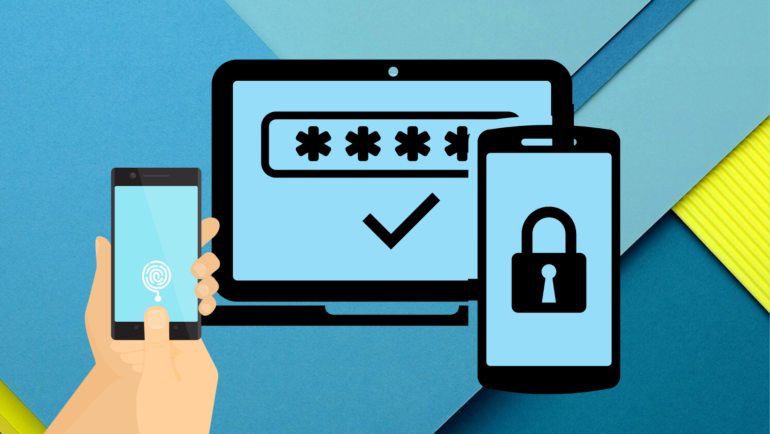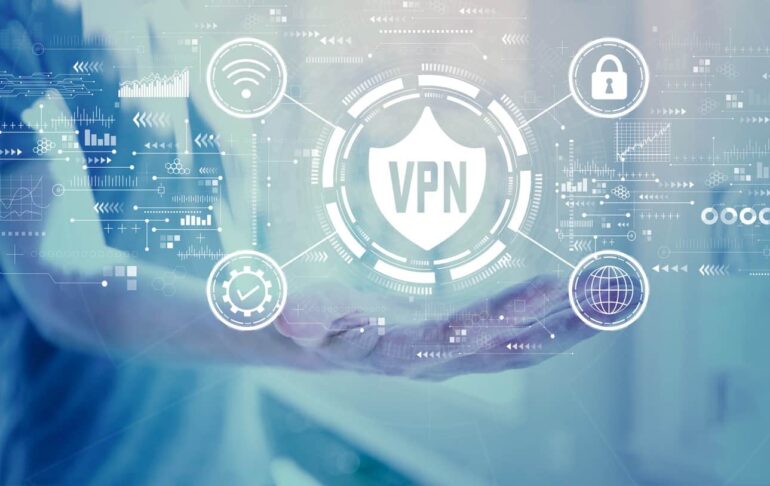As technology continues to advance, so do the threats that organizations face. Cybercriminals are becoming more sophisticated in their methods of attack, and it is essential that businesses take steps to protect themselves. One of the most important tools in an organization’s security arsenal is a firewall. In this article, we will cover some tips for protecting your network from external threats with a focus on the importance of incorporating a Cisco switch into your firewall setup.
1. Use a Next-Generation Firewall
Traditional firewalls are no longer sufficient to protect against today’s advanced threats. Next-generation firewalls (NGFWs) are designed to provide enhanced security features, such as deep packet inspection, intrusion prevention, and application control. These features allow NGFWs to detect and block malicious traffic that might be missed by a traditional firewall.
When it comes to NGFWs, a Cisco switch is an excellent option. Cisco’s Firepower NGFWs offer advanced threat protection, including malware detection and blocking, and URL filtering. Additionally, they provide a centralized management console, making it easier to manage your firewall policies.
2. Implement Multi-Factor Authentication

Passwords are no longer enough to protect your network. Implementing multi-factor authentication (MFA) can help ensure that only authorized individuals are granted access to your network. MFA requires users to provide two or more pieces of information to prove their identities, such as a password and a one-time code sent to their phone.
3. Keep Your Firewall Up-to-Date
Hackers are constantly developing new methods of attack, which is why it’s essential to keep your firewall up-to-date. Regularly check for updates and patches to ensure that your firewall has the latest security features and is protected against newly discovered vulnerabilities.
4. Use Virtual Private Networks (VPNs)

VPNs provide a secure way for remote employees or external partners to access your network. A VPN creates a secure, encrypted connection between a user’s device and your network, preventing unauthorized access.
Cisco switches offer a range of VPN options, including Site-to-Site VPNs, Remote Access VPNs, and AnyConnect VPNs. They can be configured to meet your specific security requirements, ensuring that your network remains protected.
5. Monitor Your Network
Monitoring your network for unusual activity is an essential aspect of maintaining its security. A network monitoring tool can detect suspicious traffic and alert you to potential threats.
6. Use Intrusion Prevention

Intrusion prevention systems (IPS) are designed to detect and block attacks before they can reach your network. An IPS uses a combination of signature-based and behavioral analysis to identify and stop malicious traffic.
7. Implement Access Control
Access control is a crucial aspect of network security, as it ensures that only authorized users are granted access to your network resources. Access control can be implemented using a variety of methods, such as role-based access control (RBAC) or attribute-based access control (ABAC).
In conclusion, protecting your network from external threats requires a multi-layer approach that incorporates various security measures. By following these tips and utilizing a Cisco switch as part of your security infrastructure, you can help safeguard your organization’s network from external threats and keep your sensitive data secure.

